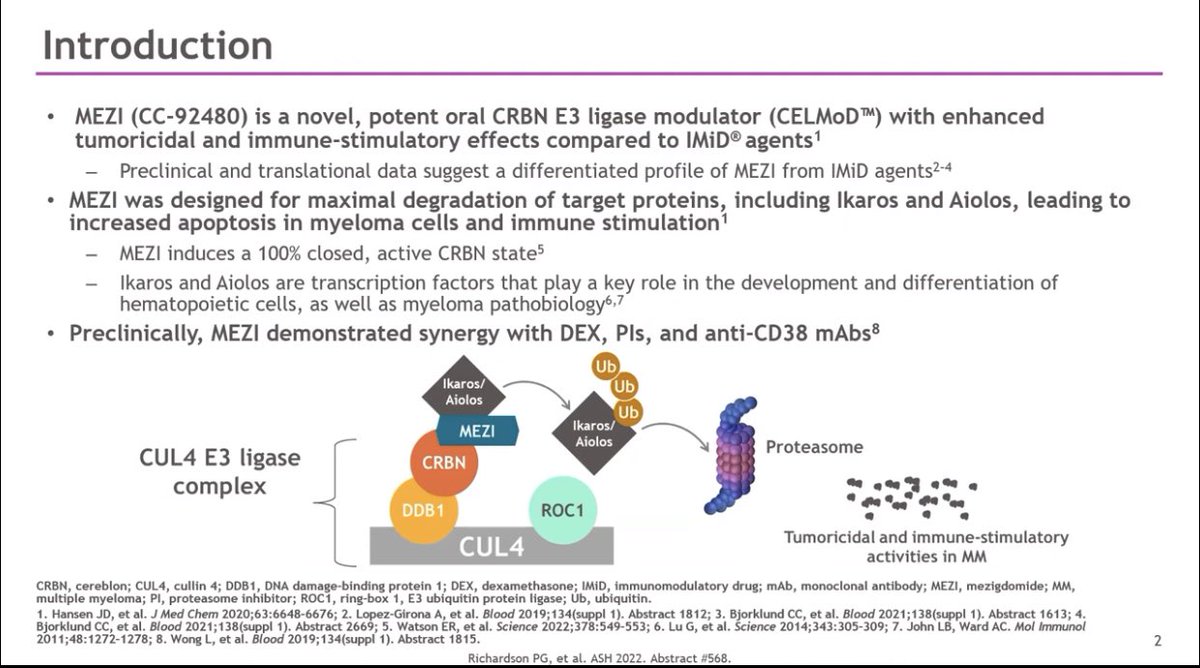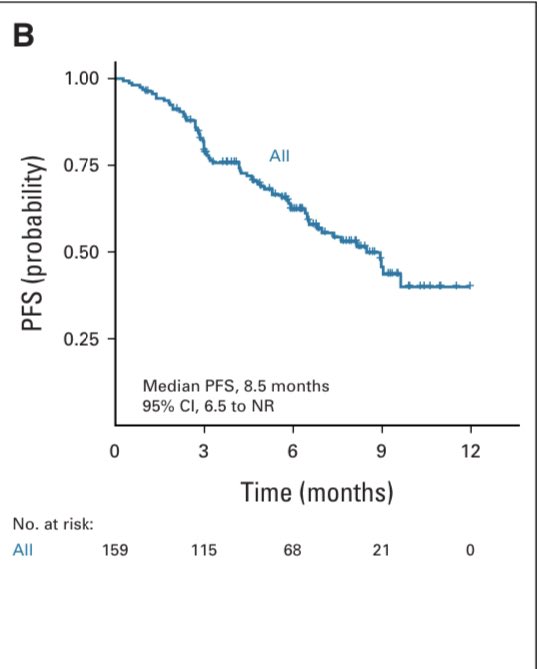Summary of cytoplasm/nucleus changes in leukocytes:
1️⃣ Hyposegmentation of neutrophils(peanut shaped, bilobed,or non-segmented nucleus with coarse chromatin)
🔬associations: Pelger–Huët anomaly(inherited) or pseudo-Pelger–Huët anomaly(acquired)
#MedTwitter @ASH_hematology #Heme


1️⃣ Hyposegmentation of neutrophils(peanut shaped, bilobed,or non-segmented nucleus with coarse chromatin)
🔬associations: Pelger–Huët anomaly(inherited) or pseudo-Pelger–Huët anomaly(acquired)
#MedTwitter @ASH_hematology #Heme



➡️Pelger–Huët anomaly(inherited):affect majority of granulocytes: autosomal dominant- mutations in the lamin B receptor gene
➡️Pseudo-Pelger–Huët anomaly(acquired): <50% of granulocytes: usually occurs with other morphological changes of malignancy: can see in MPNs or MDS
#Heme
➡️Pseudo-Pelger–Huët anomaly(acquired): <50% of granulocytes: usually occurs with other morphological changes of malignancy: can see in MPNs or MDS
#Heme

2️⃣Hypersegmentation of neutrophils
➡️≥ 6 lobes in granulocyte nucleus
🔬associations: megaloblastic anemia, chronic infections, MDS, familial(rare)
#Heme

➡️≥ 6 lobes in granulocyte nucleus
🔬associations: megaloblastic anemia, chronic infections, MDS, familial(rare)
#Heme


3️⃣ Vacuolation in neutrophils
➡️Unstained circular area within the cytoplasm
🔬associations: bacterial/fungal infections, burns, poisoning chemotherapy use, artifact
(monocytes can have vacuoles=Normal)
#Heme
➡️Unstained circular area within the cytoplasm
🔬associations: bacterial/fungal infections, burns, poisoning chemotherapy use, artifact
(monocytes can have vacuoles=Normal)
#Heme

4️⃣ Döhle body
➡️grey/blue inclusion in the cytoplasm of neutrophil
🔬associations: bacterial infection, sepsis, pregnancy, May–Hegglin anomaly
#Heme
➡️grey/blue inclusion in the cytoplasm of neutrophil
🔬associations: bacterial infection, sepsis, pregnancy, May–Hegglin anomaly
#Heme

5️⃣ Toxic granulation
➡️dark purple-black granules in the cytoplasm of neutrophil
🔬associations: bacterial infections, sepsis, after G-CSF
(Note: can occur with Döhle body in the same neutrophil)
#Heme
➡️dark purple-black granules in the cytoplasm of neutrophil
🔬associations: bacterial infections, sepsis, after G-CSF
(Note: can occur with Döhle body in the same neutrophil)
#Heme

6️⃣ hypogranulation/agranulation of neutrophils
➡️ low or absence granules in the cytoplasm
🔬associations: MDS,MPN, infections
#Heme
➡️ low or absence granules in the cytoplasm
🔬associations: MDS,MPN, infections
#Heme

7️⃣ Reactive lymphocytes
➡️ usually indented cytoplasm by adjacent cells
🔬associations: viral infections including infectious mononucleosis, after organ transplantation
(can also have radial basophilia,vacuolated cytoplasm)
#Heme
➡️ usually indented cytoplasm by adjacent cells
🔬associations: viral infections including infectious mononucleosis, after organ transplantation
(can also have radial basophilia,vacuolated cytoplasm)
#Heme

• • •
Missing some Tweet in this thread? You can try to
force a refresh




















